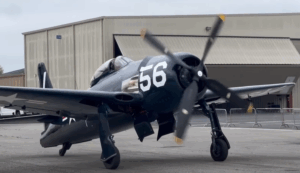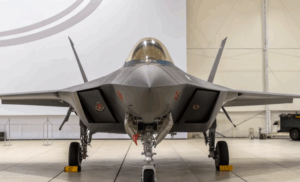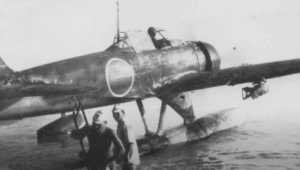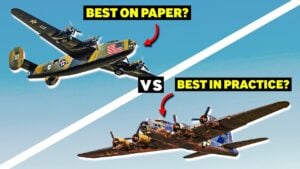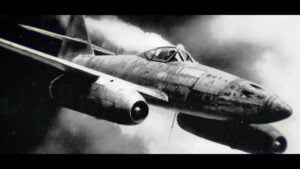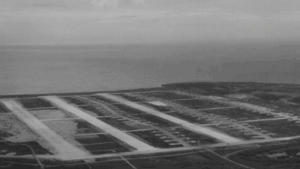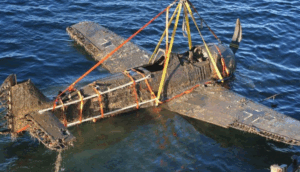How the WW2 Northrop P-61 Black Widow Night Fighter Change Air Combat Forever

The Military Machine / YouTube
During World War II, the Northrop P-61 Black Widow changed the face of night fighting. It was the first American aircraft designed specifically for combat in darkness. The P-61 was built with twin engines and a unique twin-boom design that set it apart from earlier fighters. Its primary role was to locate and intercept enemy aircraft using radar, a new technology at the time. The development of the P-61 allowed the United States Army Air Forces to engage enemy fighters even when visual contact was impossible.
The aircraft was named after the black widow spider because of its stealthy appearance and deadly performance. With four 20mm cannons and a dorsal turret armed with .50-caliber machine guns, the Black Widow provided strong firepower during night missions. Its onboard radar, the SCR-720, could detect enemy aircraft up to five miles away. This capability gave pilots the chance to track and attack targets in total darkness, altering the tactics of air combat forever.

The Legacy and Impact of the P-61 Black Widow
The P-61 was first tested in May 1942 and entered service by late 1943. It replaced older night fighters in theaters across Europe, the Pacific, and the China-Burma-India region. Its use in these areas helped reduce enemy air activity at night. Although some doubted its speed and maneuverability, the Black Widow proved capable in high-altitude combat. The aircraft could climb quickly and maintain stable flight, making it a reliable tool for intercepting enemy bombers and fighters.
After the war, the P-61 was redesignated as the F-61 and served as an all-weather interceptor until the early 1950s. The lessons learned from its radar systems and combat performance influenced the design of later jet-powered fighters. Engineers studied the Black Widow’s integrated radar and fire control systems to improve future aircraft, ensuring that night combat would become more effective. The Black Widow remains an important symbol of technological progress and the courage of those who fought in the dark skies.

Celebrating the P-61 Black Widow’s Historical Influence and Legacy
The history of the P-61 Black Widow is preserved through museum displays and personal accounts of its pilots. These records remind us that the aircraft played a crucial role during a challenging time. Its innovative systems and performance under difficult conditions offered a new way to fight in the dark. The Black Widow remains a vital part of air warfare history, celebrated by veterans and enthusiasts for its contributions to modern aviation.
The design of the P-61 influenced later aircraft that relied on radar for interception. Its systems laid the foundation for modern night fighters, showing that technology could overcome darkness and change how air battles were fought remarkably. History endures always.















